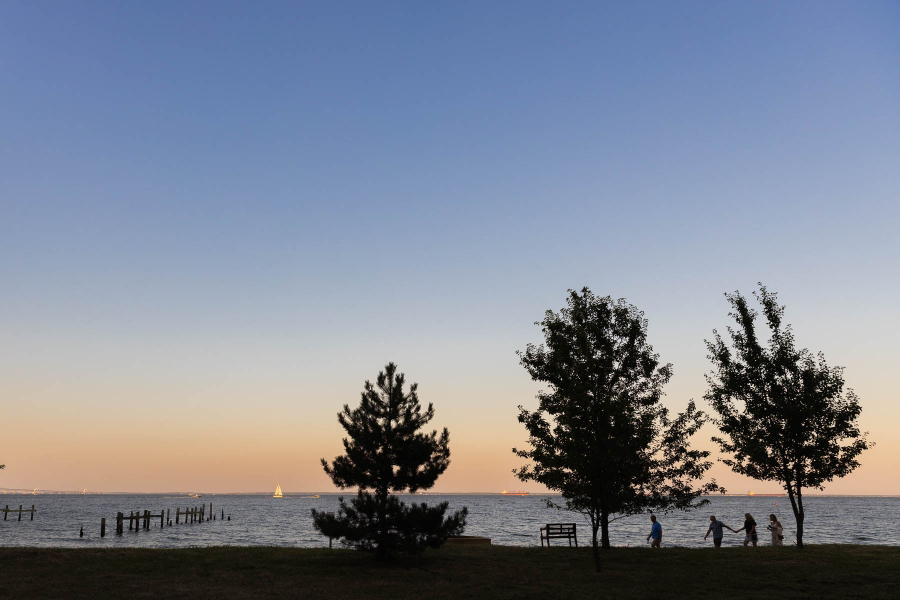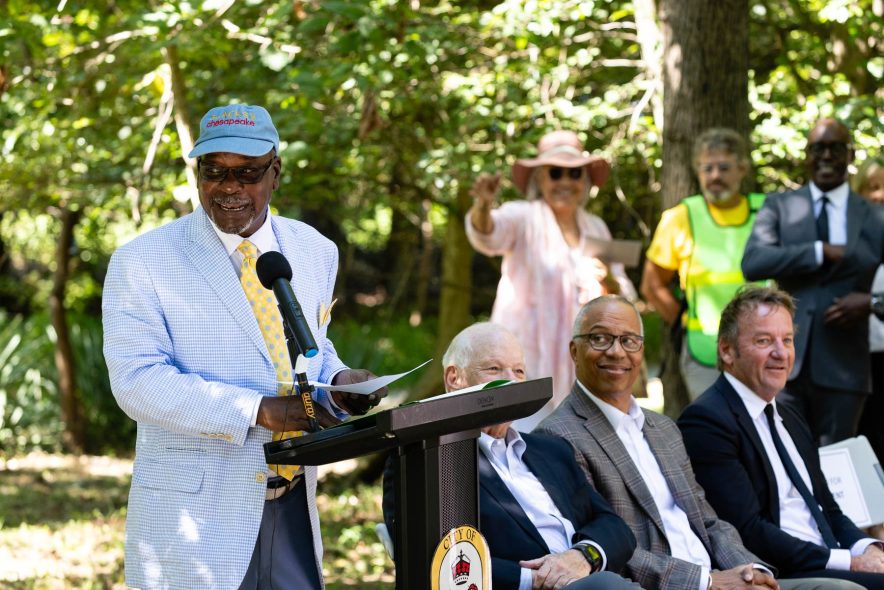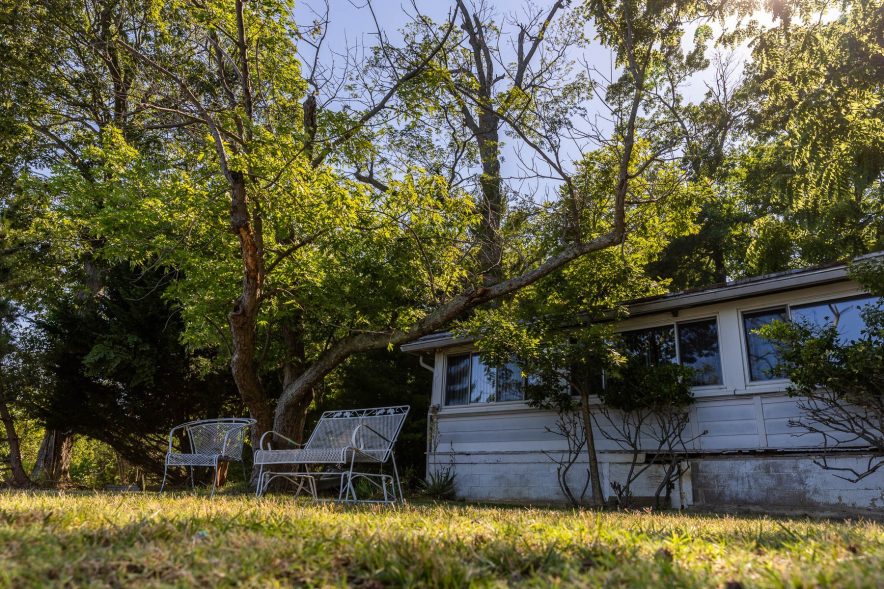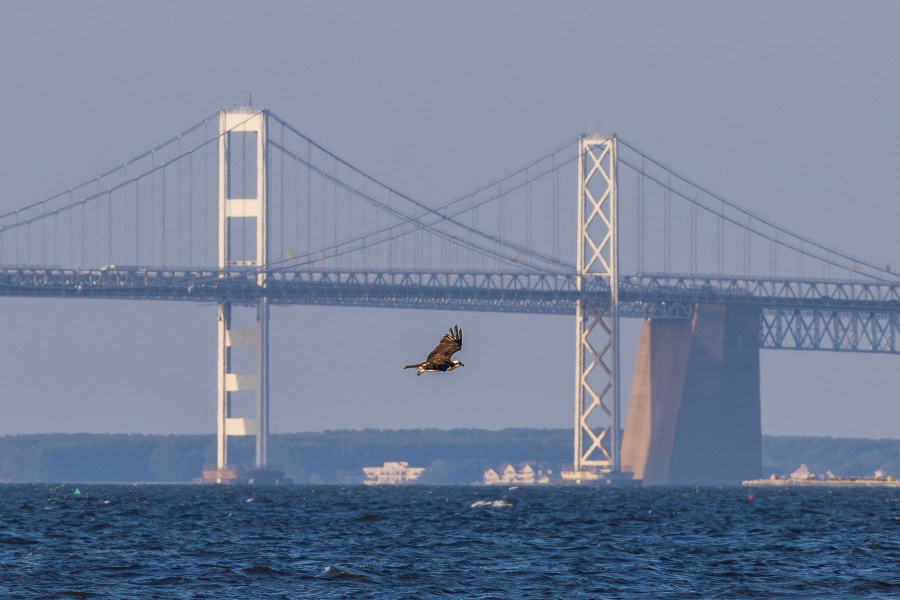Black history revived at a historic Chesapeake Bay beach
A project that has been in the making for decades is underway with newly acquired land

Everyone wants to find meaning in their life’s work—to have others see the value in it and appreciate the contributions they’ve made. Vincent Leggett, founder and president of Blacks of the Chesapeake, was one of the first people to do that for many people of color working on the Chesapeake Bay. A new partnership will create a home for the stories he collected over the decades at the Elktonia-Carr’s Beach Heritage Park.
In 1902, Frederick Carr and his wife Mary Wells Carr purchased 180 acres of land, and in 1926 they turned it into the Carr’s Beach resort. Their daughter, Florence Carr Sparrow opened the neighboring Sparrow’s Beach and resort in 1931. Both resorts and beaches were opened for African American patrons when many of the beaches along the Bay were for whites only during the time of segregation.
The resort and beaches quickly gained popularity with the Black community throughout the Mid-Atlantic. Carr’s Beach became a common venue for some of the most notable performers of the time, including Billie Holiday, Cab Calloway, Duke Ellington, Chuck Berry and James Brown. Concerts attracted thousands of people at times, leaving tens of thousands trying to get into a venue that was already at capacity.


After decades of being an iconic resort, Carr’s Beach closed in 1974. Over time the land was parceled up and sold. Most of the former property is now privately owned.
But that wasn’t the end of Carr’s Beach. As early as 2007, Leggett began trying to purchase the property, and eventually worked to find partners to help him preserve this special place. By 2022, partners including the City of Annapolis, Blacks of the Chesapeake, Chesapeake Conservancy and the state of Maryland all came together to purchase five acres of land using funding from federal, state and city sources. At this point, the beach was officially opened up to the public. Within two years, an adjacent 0.67-acre property was also purchased with funding from the City of Annapolis, Anne Arundel County, The Conservation Fund, Blacks of the Chesapeake, Chesapeake Conservancy, Maryland Heritage Area Authority and private donors.
In the next year and a half, these organizations will work together to restore the shoreline, create interpretive signage and build a visitors center that will serve as a center for African American Heritage on the Chesapeake Bay.
Blacks of the Chesapeake created the vision for preserving Carr’s Beach, and has been a critical partner throughout, ensuring that the story of Black culture and life on the Chesapeake is being accurately and appropriately represented. For 40 years, the organization has collected stories that champion communities of color, from boat captains to abolitionists. Now, they have the opportunity to highlight these stories and continually guide the formation of Carr’s Beach.

“I’m eternally grateful to everyone that put a shoulder to the wheel or a hand on the plow to make this happen,” Leggett said. “For 30 years, I’ve served as a trustee for people that have shared their artifacts and their stories, successes and their losses working on the maritime and seafood industry on the Chesapeake Bay.”
Conserving the beach is an environmental win, with its natural shoreline protecting water quality and providing habitat to fish and shellfish. But just as important is the history that will be told through the park. The stories and contributions of Black people working within the Chesapeake Bay’s illustrious seafood industry have often been overlooked or ignored, as well as the significance of local resorts and beaches to the regional economy and culture. The new park will serve as a place to tell all that history.
“The fact of the matter is African Americans for the 400-plus years that they’ve endeavored on our noble Chesapeake Bay, have little to nothing to call our own where we can fly our flag and tell a more complete story,” Leggett said.

Comments
Sandy Point was a favorite destination for my family as a child in the 1950s. After we'd pay the admission fee for our car the guy in the booth would signal to the left. It was for the black side of the beach. It didn't dawn on me until I grew up it meant the Black side of the beach, although we had so much fun at the beach , playing until we packed up and returned back home in Washington it was segregated. That's ok because we had so much fun at the beach, running and kicking sand and getting stung by the jellyfish in the water.
Thank you!
Your comment has been received. Before it can be published, the comment will be reviewed by our team to ensure it adheres with our rules of engagement.
Back to recent stories